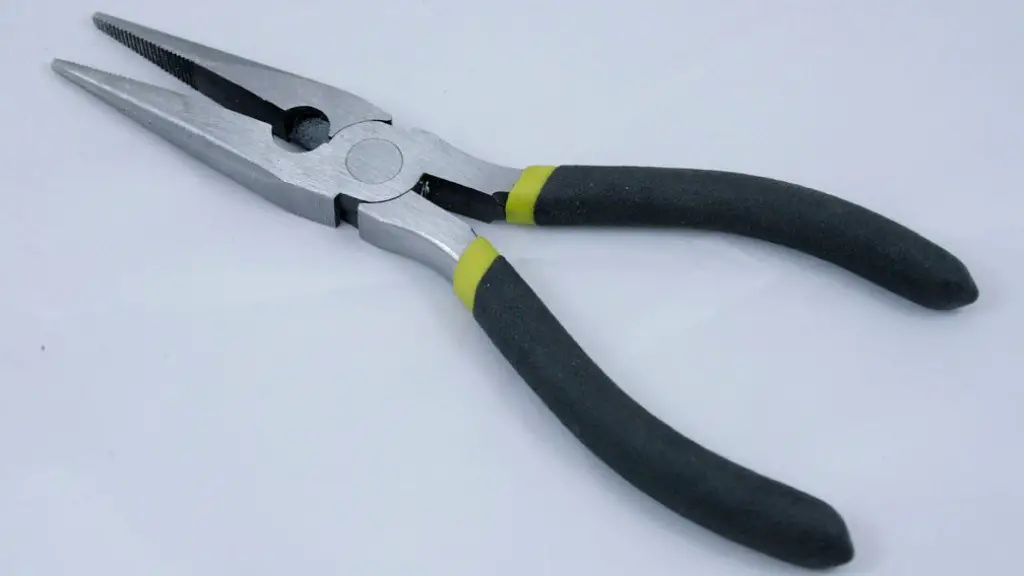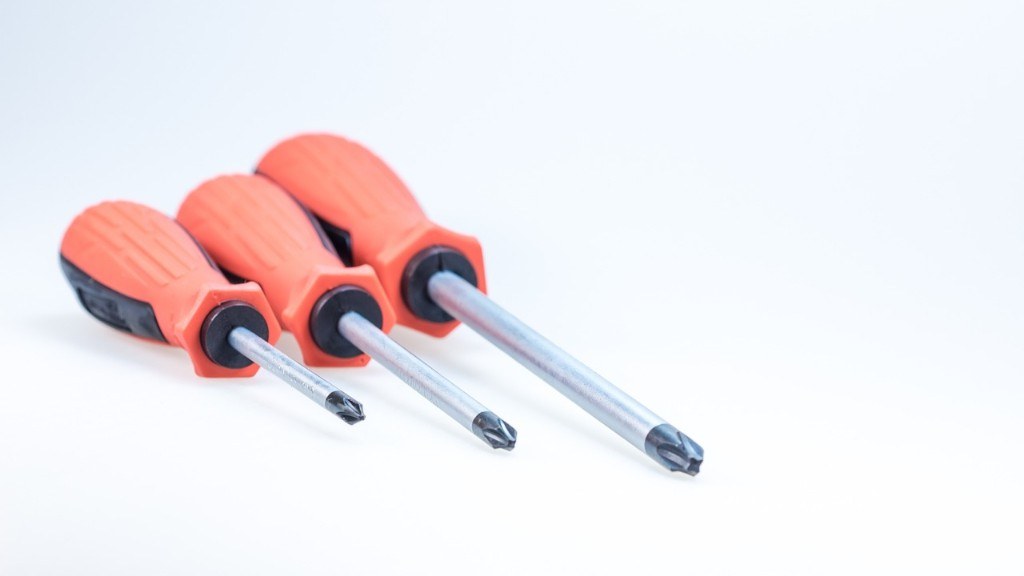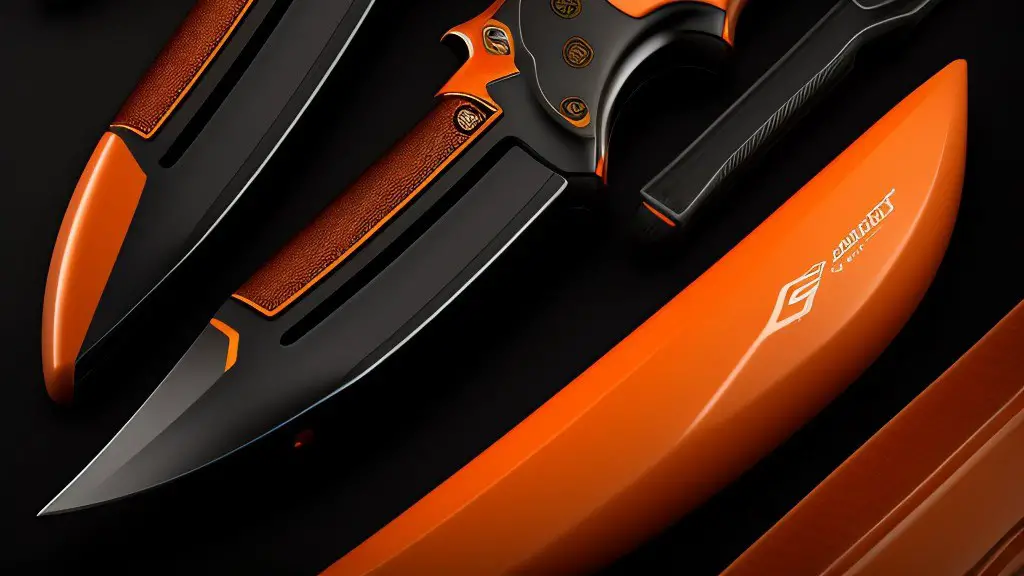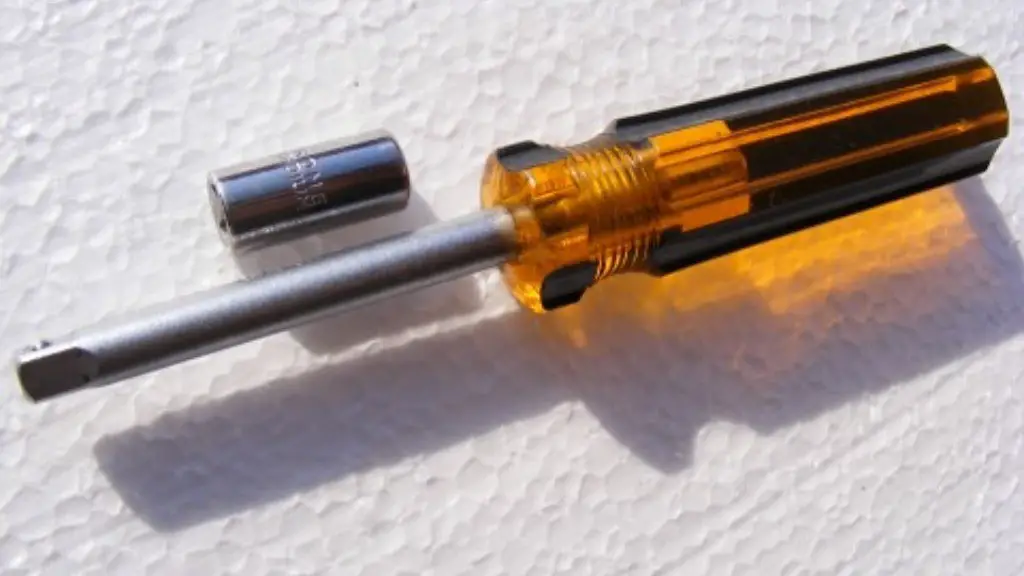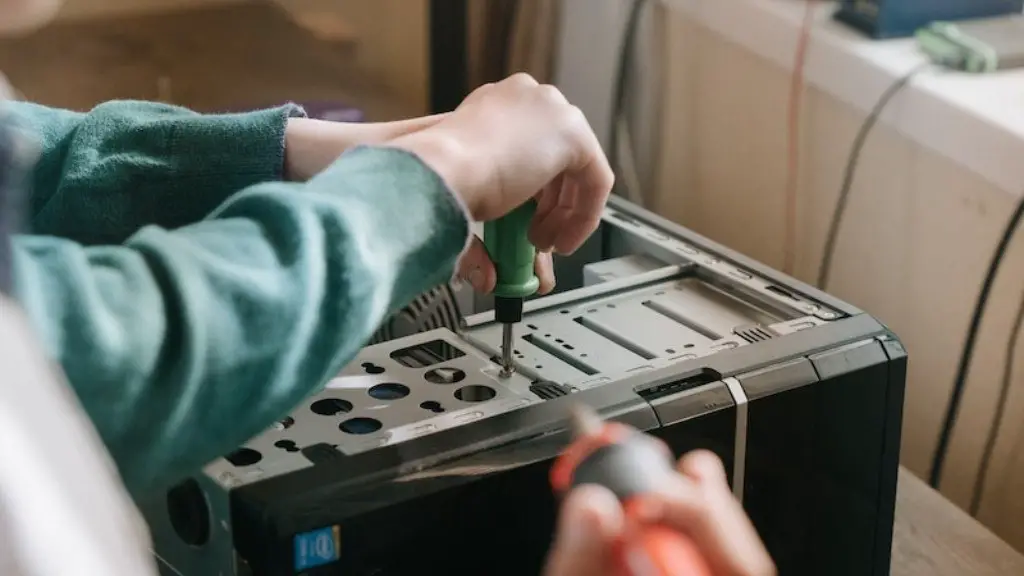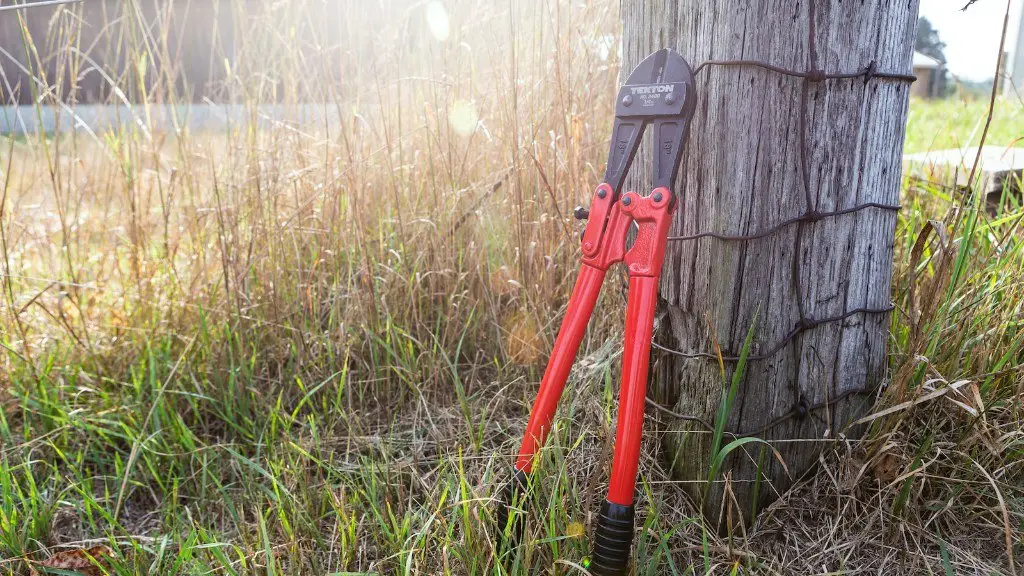A pair of pliers is a hand tool used to hold objects firmly in place. The jaws of pliers are either smooth or serrated, and the handles are usually made of plastic or metal. There are many different types of pliers, each designed for a specific purpose.
When you squeeze a pair of pliers, the two metal handles come together and the jaws come together too. The jaws grip whatever you’re trying to hold and the handles use leverage to exert extra force.
How does a pliers function?
Slip-joint pliers are the most common type of pliers. They are used for a variety of tasks, including gripping, holding, bending, and cutting wire. The jaws of slip-joint pliers are grooved, and the pivot hole in one member is elongated. This allows the member to pivot in either of two positions, which makes it possible to grasp objects of different sizes effectively.
The force that you exert on the effort arm of a lever is multiplied several times before it is exerted on the load. This is because the fulcrum changes the direction of the force as it pivots. When you squeeze a pair of pliers, both levers exert force at once, in opposite directions and towards each other.
How do pliers stay together
Pivot point/Fulcrum – holds the jaws and handle together The closer the pivot point to the jaws the more leverage and cutting power the pliers have. By moving the fulcrum closer to the jaws, the cutting power of the pliers is increased. This is because there is less mechanical advantage working against the cutting action of the jaws.
If you follow these simple rules, your pliers should last you a long time. Exposing them to excessive heat will cause them to warp and bend, so be careful when using them near a heat source. Bending stiff wire with the tip of the pliers can damage the tips, so use the side of the pliers instead. When cutting wire, never rock the pliers side to side, as this can damage the cutting edges. Finally, never pry with the nose of the pliers, as this can damage the tips and cause them to spread apart.
Why do pliers rust?
Fishing pliers are frequently exposed to saltwater which puts them in the crosshairs of rust. Moisture from the air can get the best of their joints and before you know it, your pliers are jammed, leaving them abandoned in your garage drawers.
Pliers are a versatile tool that can be used for a variety of tasks, from gripping and holding to cutting and bending. The most basic type of pliers, known as slip-joint pliers, consists of two handles, a pivot point, and two jaws. The jaws can be opened and closed by squeezing or releasing the handles. The pivot point is typically located near the jaws, which allows the pliers to exert maximum force on an object.
Why do pliers magnify?
Pliers are a great tool to have around when you need to grip something tightly. They work by using a lever to magnify your hand’s strength and apply it to the small point where the jaws of the pliers meet. This makes it much easier to grip and hold onto things, especially if they’re small or slippery. Plus, pliers can be used for a variety of tasks beyond just gripping and holding. So, if you’re looking for a versatile tool to add to your toolbox, look no further than a trusty pair of pliers!
Pliers are a hand tool used to hold objects firmly. They are also useful for bending and physically compressing a wide range of materials. Pliers are made of various materials, including metals, plastics, and wood.
Why do pliers have teeth
Slip-joint pliers are an incredibly versatile tool that can be used for gripping, bending and twisting hardware. They have two levels of teeth; the fine teeth located near the front are designed for gripping small objects and nails, while the coarse teeth located toward the back are designed for gripping bulky nuts and bolts. This makes them perfect for a wide variety of tasks, both big and small. Whether you’re working on a home improvement project or a simple repair, slip-joint pliers are a must-have in your toolbox.
If you need to hammer something, use a hammer – not pliers. Pliers are not designed to be hammered on, and doing so can damage them. If you need more leverage, use a larger pair of pliers or a bolt cutter.
What is one thing pliers should never be used for?
Pliers are a versatile tool that can be used for a variety of tasks such as gripping, cutting and bending. However, they should not be used as a general purpose tool as they can damage the material they are being used on. Additionally, always use wrenches on nuts and bolt heads to avoid damage.
Cutting pliers are designed specifically for cutting wire and should only be used for that purpose. Attempting to cut wire with anything other than cutting pliers can damage the cutting edge of the pliers and eventually make them blunt. Additionally, cutting pliers should only be used at right angles to the wire to prevent damage to the wire. Cutting wire with anything other than cutting pliers can also be dangerous, as it may nick the cutting edge of the pliers and potentially cause an electrical shock.
When using pliers you should always
When using pliers to make cuts, always cut at a 90 degree angle in relation to the wire. Never use side cutters as a hammer, as this can damage the cutting surface.
It is very important to keep all tools in good condition with regular maintenance. This will ensure that the tools will last longer and work properly. Always use the right tool for the job. This will help to prevent damage to the tools and to the material being worked on. Before using any tool, it is important to examine it for damage. Do not use any tool that is damaged. Operate all tools according to the manufacturers’ instructions.
What are the three common types of pliers?
There are five types of pliers: slip-joint, water-pump, linesman, locking and needle-nose.
Slip-joint pliers have a joint that allows the jaws to open wider or narrower. They are used for gripping, twisting and turning.
Water-pump pliers have a pump-action mechanism that gives you more leverage. They are used for gripping, twisting and turning.
Linesman pliers have a cutting blade that can be used to cut wire. They are also used for gripping, twisting and turning.
Locking pliers have a locking mechanism that keeps the jaws from moving. They are used for gripping, twisting and turning.
Needle-nose pliers have long, narrow jaws that are used for gripping small objects.
Coke is an effective way to clean old rusty tools. Submerge the tools in a tub or bowl of Coca-Cola overnight and they should come out clean. If there is still rust, leave them for a few more days.
Does WD-40 prevent rust on tools
This product is great for protecting metal from rust and corrosion. It penetrates stuck parts and displaces moisture. It also lubricates almost anything.
If you need more leverage, get a longer tool instead of extending the handle of your tool. Extending the handle of your tool can put unnecessary stress on the tool and cause it to break.
Warp Up
Pliers are a hand tool used to grip objects. They consist of two metal jaws that open and close like a pair of scissors. The jaws are connected at a pivot point, and the handles are used to open and close the jaws. The jaws can be used to grip and hold onto objects, or to bend and shape them.
The pliers work by using the two handles to open and close the jaws. The jaws are connected to a pivot point in the center of the pliers. As the handles are moved, the jaws open and close.
